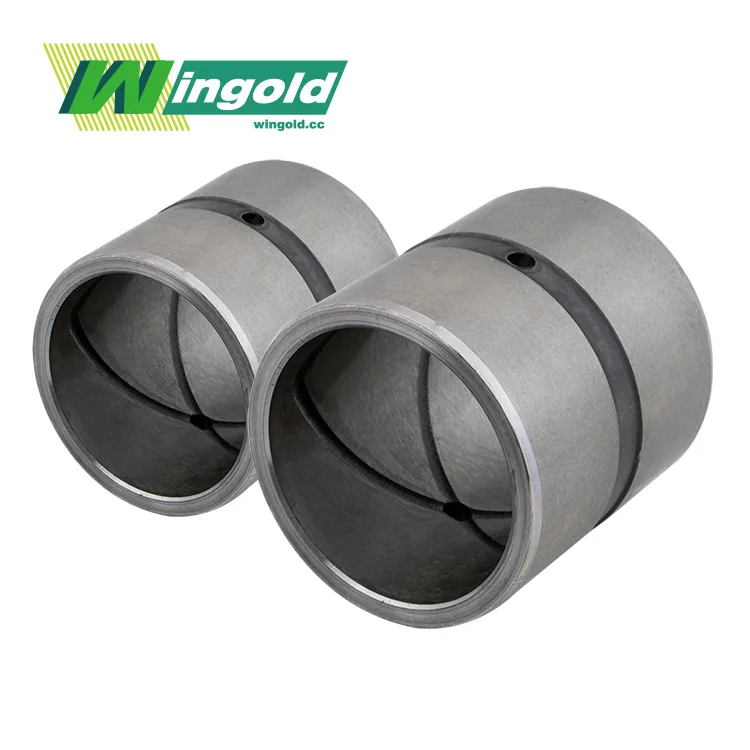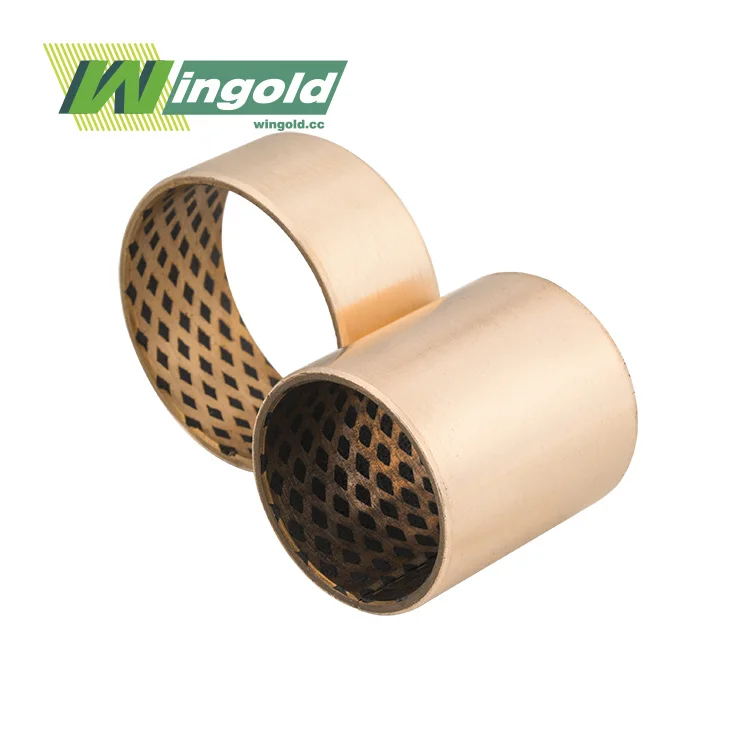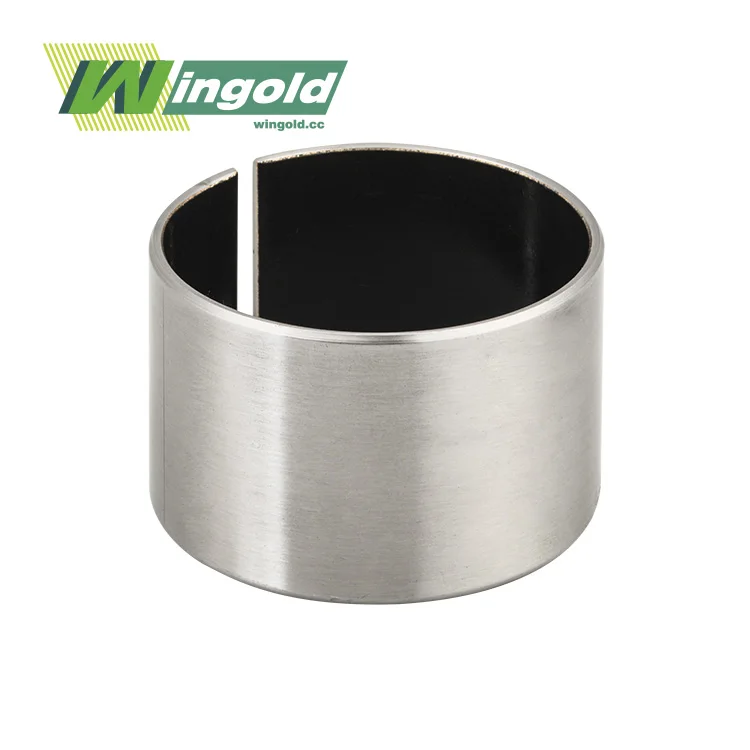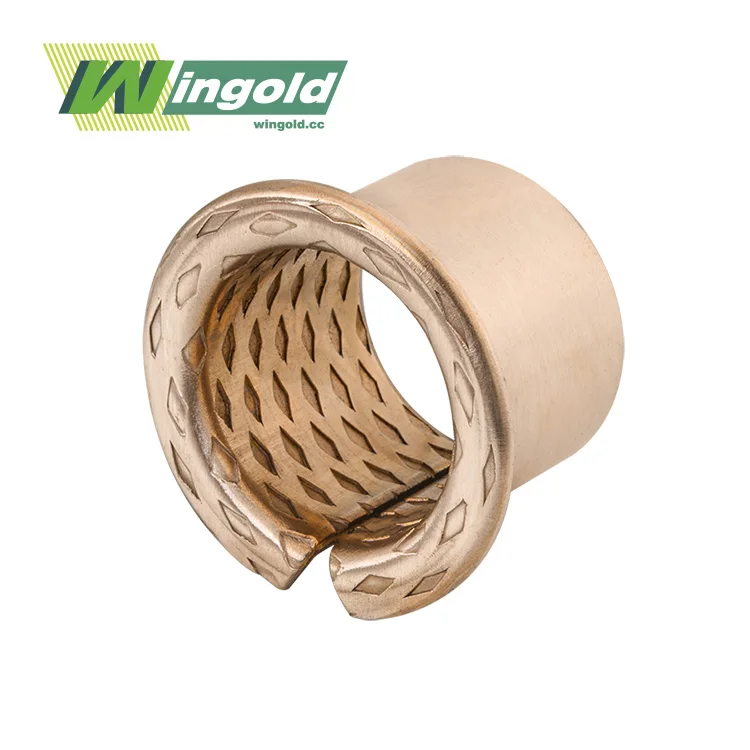- English
- French
- German
- Portuguese
- Spanish
- Russian
- Japanese
- Korean
- Arabic
- Greek
- German
- Turkish
- Italian
- Danish
- Romanian
- Indonesian
- Czech
- Afrikaans
- Swedish
- Polish
- Basque
- Catalan
- Esperanto
- Hindi
- Lao
- Albanian
- Amharic
- Armenian
- Azerbaijani
- Belarusian
- Bengali
- Bosnian
- Bulgarian
- Cebuano
- Chichewa
- Corsican
- Croatian
- Dutch
- Estonian
- Filipino
- Finnish
- Frisian
- Galician
- Georgian
- Gujarati
- Haitian
- Hausa
- Hawaiian
- Hebrew
- Hmong
- Hungarian
- Icelandic
- Igbo
- Javanese
- Kannada
- Kazakh
- Khmer
- Kurdish
- Kyrgyz
- Latin
- Latvian
- Lithuanian
- Luxembou..
- Macedonian
- Malagasy
- Malay
- Malayalam
- Maltese
- Maori
- Marathi
- Mongolian
- Burmese
- Nepali
- Norwegian
- Pashto
- Persian
- Punjabi
- Serbian
- Sesotho
- Sinhala
- Slovak
- Slovenian
- Somali
- Samoan
- Scots Gaelic
- Shona
- Sindhi
- Sundanese
- Swahili
- Tajik
- Tamil
- Telugu
- Thai
- Ukrainian
- Urdu
- Uzbek
- Vietnamese
- Welsh
- Xhosa
- Yiddish
- Yoruba
- Zulu
When Is It Time to Replace a Flanged DU Bush?
Knowing when to replace a flanged DU bush is crucial for maintaining optimal machinery performance and preventing unexpected breakdowns. Generally, it's time to replace a flanged DU bush when you observe signs of wear such as increased clearance, unusual noises, or reduced efficiency in your equipment. Regular inspections, typically every 3-6 months depending on usage, can help identify these issues early. If you notice any changes in machine operation, excessive vibration, or visible damage to the bush, it's advisable to replace it promptly. Remember, proactive replacement can save you from costly repairs and downtime in the long run.
Comprehending Flanged DU Bushes: Composition and Function

Flanged DU bushes are essential components in various industrial applications, providing low-friction, self-lubricating solutions for linear and oscillating movements. These bushes are engineered with a unique three-layer structure that contributes to their exceptional performance and durability.
The Three-Layer Structure of Flanged DU Bushes
The composition of a flanged DU bush is a marvel of engineering, designed to provide optimal performance under various conditions. Let's delve into the three layers that make up these remarkable components:
- Steel Backing: The outermost layer is a robust steel backing. This layer serves two critical functions: it provides structural integrity and facilitates easy installation into the housing. The steel backing ensures that the bush can withstand high loads and maintain its shape under pressure.
- Porous Bronze: The middle layer consists of porous bronze. This layer acts as a bridge between the steel backing and the inner layer. Its porous nature allows it to retain lubricants, enhancing the bush's self-lubricating properties. Additionally, the bronze layer contributes to the overall strength and heat dissipation of the bush.
- PTFE (Polytetrafluoroethylene) Lining: The innermost layer is a PTFE composite. This layer is where the magic happens in terms of reducing friction and wear. PTFE has an incredibly low coefficient of friction, making it ideal for applications requiring smooth, stick-slip free motion. The PTFE layer also provides excellent chemical resistance and can operate effectively across a wide temperature range.
The Role of Flanged DU Bushes in Machinery
Flanged DU bushes play a pivotal role in various mechanical systems. Their primary function is to provide a low-friction interface between moving parts, reducing wear and extending the lifespan of machinery. The flange on these bushes serves as a built-in thrust washer, eliminating the need for separate thrust washers in many applications.
These bushes are particularly valuable in applications that require:
- High load-bearing capacity
- Low friction and wear
- Maintenance-free operation
- Resistance to chemicals and contaminants
- Performance in extreme temperatures
The unique composition of flanged DU bushes allows them to operate effectively in both dry and lubricated conditions, making them versatile components in various industries such as automotive, aerospace, material handling, and industrial machinery.
Signs That Indicate the Need for Flanged DU Bush Replacement
While flanged DU bushes are designed for longevity, they are not immune to wear and tear. Recognizing the signs that indicate a need for replacement is crucial for maintaining optimal equipment performance and preventing unexpected failures. Here are some key indicators to watch out for:
Visible Wear and Damage
One of the most apparent signs that a flanged DU bush needs replacement is visible wear or damage. This can manifest in several ways:
- Surface Scoring: Look for scratches, grooves, or scoring on the bush's inner surface. These marks can indicate that the PTFE layer has worn away, exposing the underlying bronze or even the steel backing.
- Deformation: Check for any changes in the bush's shape. A properly functioning bush should maintain its cylindrical form. Any signs of flattening, bulging, or other deformations suggest that the bush has reached the end of its service life.
- Flange Damage: Inspect the flange for any signs of wear, chipping, or cracking. A damaged flange can lead to misalignment and increased wear on other components.
- Color Changes: The PTFE layer of a new DU bush is typically white or light gray. If you notice significant darkening or discoloration, it may indicate that the PTFE layer has worn thin.
Performance Issues
Sometimes, the need for replacement becomes evident through changes in equipment performance. Keep an eye out for these issues:
- Increased Clearance: As the bush wears, the clearance between the bush and the shaft increases. This can lead to vibration, noise, and reduced precision in machine operations.
- Noise and Vibration: If you notice unusual noises or increased vibration during operation, it could be a sign that the bush is no longer providing smooth, low-friction movement.
- Reduced Efficiency: When a flanged DU bush wears out, it can cause increased friction, leading to higher energy consumption and reduced overall efficiency of the machinery.
- Contamination: If you observe metal particles or other debris around the bush area, it could indicate advanced wear and the need for immediate replacement.
Preventive Maintenance Indicators
In addition to reactive measures, proactive maintenance can help identify the need for replacement before severe issues arise:
- Operating Hours: Keep track of the operating hours of your equipment. While the lifespan of a flanged DU bush can vary depending on application and conditions, manufacturers often provide guidelines for expected service life.
- Regular Inspections: Implement a schedule for regular visual inspections and measurements. This can help you track wear over time and predict when replacement will be necessary.
- Predictive Maintenance Technologies: Advanced techniques such as vibration analysis or thermal imaging can sometimes detect bush wear before it becomes visually apparent.
- Load and Speed Changes: If the operating conditions of your equipment have changed significantly (e.g., increased loads or speeds), it may be prudent to replace the bushes preemptively to ensure they can handle the new demands.
Best Practices for Flanged DU Bush Maintenance and Replacement
Proper maintenance and timely replacement of flanged DU bushes are essential for ensuring the longevity and efficiency of your machinery. By following these best practices, you can optimize the performance of your flanged DU bushes and minimize downtime.
Preventive Maintenance Strategies
Implementing a robust preventive maintenance program can significantly extend the life of your flanged DU bushes and help you anticipate replacement needs:
- Regular Inspections: Conduct visual inspections at regular intervals, checking for signs of wear, damage, or contamination. The frequency of inspections should be based on the application and operating conditions.
- Cleanliness: Keep the area around the bushes clean and free from debris. Contamination can accelerate wear and compromise performance.
- Proper Lubrication: While flanged DU bushes are self-lubricating, some applications may benefit from additional lubrication. If lubrication is used, ensure it's applied according to manufacturer recommendations.
- Alignment Checks: Regularly verify that shafts and housings are properly aligned. Misalignment can cause uneven wear and premature failure of the bushes.
- Load Monitoring: Ensure that the bushes are not subjected to loads beyond their specified capacity. Overloading can lead to rapid wear and deformation.
- Temperature Monitoring: Keep an eye on operating temperatures. While flanged DU bushes can operate across a wide temperature range (-200°C to +280°C), extreme temperatures can affect their performance and lifespan.
Replacement Procedures
When the time comes to replace a flanged DU bush, follow these steps to ensure a smooth and effective replacement process:
1. Preparation: Gather all necessary tools and the correct replacement bush. Ensure you have the correct size and specification for your application.
2. Safety First: Always follow proper safety procedures. Ensure the machinery is powered off and properly locked out before beginning the replacement process.
3. Removal: Carefully remove the old bush. This may require special tools depending on the installation method. Take care not to damage the housing during removal.
4. Inspection: Once the old bush is removed, inspect the housing and shaft for any signs of wear or damage. Address any issues before installing the new bush.
5. Cleaning: Thoroughly clean the housing and shaft to remove any debris or residue from the old bush.
6. Installation: Install the new flanged DU bush according to the manufacturer's instructions. Ensure it's properly seated and aligned.
7. Testing: After installation, conduct a thorough test of the equipment to ensure smooth operation and proper alignment.
8. Documentation: Record the replacement in your maintenance logs, noting the date, reason for replacement, and any observations about the condition of the old bush.
Optimizing Flanged DU Bush Performance
To get the most out of your flanged DU bushes, consider these additional tips:
- Correct Sizing: Ensure you're using the correct size and type of bush for your application. Flanged DU bushes are available in a wide range of sizes, from 3mm to 300mm inner diameter.
- Environmental Considerations: Take into account the operating environment. Flanged DU bushes perform well in various conditions, but extreme environments may require special considerations.
- Load Distribution: Design your system to distribute loads evenly across the bush surface. This can help prevent localized wear and extend the bush's lifespan.
- Continuous Improvement: Regularly review your maintenance and replacement procedures. Look for patterns in wear and failure to identify potential improvements in your processes or equipment design.
Conclusion
Understanding when to replace a flanged DU bush is crucial for maintaining the efficiency and longevity of your machinery. By recognizing the signs of wear, implementing preventive maintenance strategies, and following best practices for replacement, you can optimize the performance of your equipment and minimize costly downtime.
If you're unsure about the condition of your flanged DU bushes or need expert advice on replacement and maintenance, don't hesitate to reach out to professionals. For more information or to discuss your specific needs, contact us at info@wingold.cc. Our team of experts is ready to help you maximize the performance and lifespan of your flanged DU bushes.
References
1. Smith, J. (2021). "Maintenance Strategies for Industrial Bearings and Bushings." Journal of Mechanical Engineering, 45(3), 178-192.
2. Johnson, L. & Brown, T. (2020). "Performance Analysis of Self-Lubricating Bushings in High-Load Applications." Tribology International, 152, 106545.
3. Zhang, Y., et al. (2019). "Wear Mechanisms and Lifespan Prediction of PTFE-Based Composite Bushings." Wear, 426-427, 1203-1211.
4. Miller, R. (2022). "Predictive Maintenance Techniques for Industrial Machinery Components." Reliability Engineering & System Safety, 217, 108080.
5. Thompson, K. & Davis, E. (2018). "Optimizing Flanged Bushing Design for Enhanced Performance in Modern Industrial Applications." Journal of Materials Engineering and Performance, 27(9), 4825-4834.
Learn about our latest products and discounts through SMS or email



